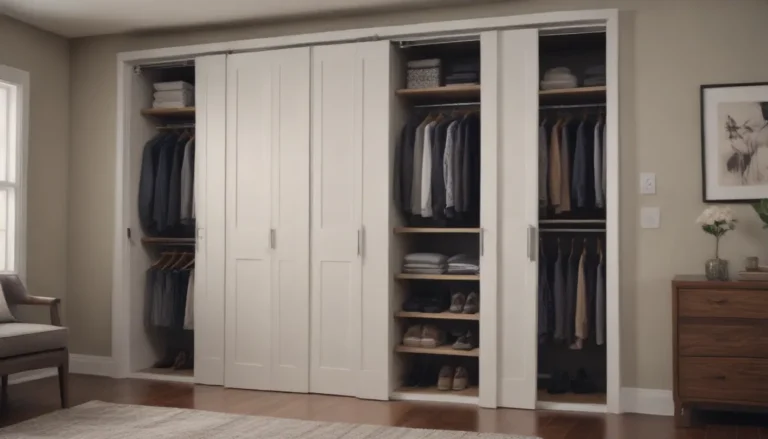Understanding Counter Height vs. Bar Height: What You Need to Know

Remodeling your kitchen can be an overwhelming task with so many aspects to consider. Among these, the height of your countertops is a crucial detail that can significantly impact both the aesthetics and functionality of your space. If you’re thinking about incorporating an elevated bar countertop, understanding the differences between counter height and bar height is essential. In this comprehensive guide, we’ll delve into the specifics of counter height versus bar height, explore their implications, and help you make an informed decision based on your unique needs and preferences.
Exploring the Heights: Counter Height vs. Bar Height
When it comes to kitchen design, the height of your countertops can have a substantial impact on the overall look and feel of the space. Let’s break down the key differences between counter height and bar height to help you determine which option is right for you.
How Tall Is Counter Height vs. Bar Height?
Counter height and bar height are distinct measurements that serve different purposes in a kitchen setting. While standard kitchen countertops typically range from 34 to 36 inches in height, bar height countertops are typically taller, measuring between 40 to 42 inches from the floor. Though the discrepancy may seem minor, it can significantly influence the functionality and visual appeal of your kitchen design.
Counter Height vs. Bar Height Stools
Choosing the right stools for your counter or bar height seating is just as important as selecting the height of your countertops. Consider factors such as comfort, functionality, and style when determining the appropriate stool height for your space. The height of your stools should complement the height of your countertops to ensure a seamless and comfortable dining experience for you and your guests.
Factors to Consider When Choosing Counter Height
Determining whether standard counter height or bar height is the best option for your kitchen involves considering various factors. Here are some critical aspects to keep in mind when making this decision:
Kitchen Size and Layout
The size and layout of your kitchen will play a significant role in determining the ideal counter height for your space. Standard counter heights are well-suited for traditional kitchen designs with built-in appliances and standard cabinet dimensions. On the other hand, incorporating a mix of standard and bar height counters can be beneficial in larger, open-plan kitchens, providing functional and visually appealing zones for different activities.
Functionality
Ergonomics and functionality should also guide your decision when selecting counter height. Standard counter heights are ideal for everyday kitchen tasks such as food preparation, cooking, and cleaning. If your kitchen serves as a multi-functional space for entertaining or socializing, you may want to consider varying the counter heights to accommodate different activities and enhance the overall functionality of the room.
Family Members
Consider the needs and preferences of your family members when choosing between counter height and bar height. If you have young children or elderly individuals in your household, standard counter height may be more accessible and convenient for everyday use. However, if your family enjoys gathering in the kitchen for meals and activities, incorporating bar height counters can create a communal space that promotes interaction and engagement.
Budget
Your budget will also influence your decision when it comes to selecting counter height for your kitchen. Bar height counters typically require additional materials and labor, making them a pricier option compared to standard counter heights. If you’re working within a tight budget, sticking with standard counter heights can help you achieve your desired look without overspending.
The Importance of Proper Measurements
When choosing stools for your kitchen counter or bar height seating, it’s crucial to select the right height to ensure comfort and functionality. Here are some guidelines to help you make the correct choice:
- Stools designed for standard counter heights typically range from 24 to 27 inches in height.
- Stools intended for bar height seating are typically between 28 to 33 inches tall.
- Always verify the measurements of your stools to ensure they align with the height of your countertops for a cohesive look and comfortable dining experience.
Tailoring Your Kitchen Design to Your Needs
Ultimately, the decision between counter height and bar height comes down to your unique preferences, lifestyle, and design goals. By considering aspects such as kitchen size, functionality, family dynamics, and budget constraints, you can make an informed choice that enhances both the visual appeal and usability of your space. Whether you opt for standard counter height, bar height, or a combination of both, prioritizing your comfort and convenience will ensure that your kitchen design meets your needs and exceeds your expectations.
In conclusion, the choice between counter height and bar height can significantly impact the overall design and functionality of your kitchen. By understanding the differences between these two options and considering key factors such as kitchen size, functionality, family dynamics, and budget, you can make a well-informed decision that enhances the comfort, aesthetics, and usability of your space. Whether you prefer the classic appeal of standard counter height or the elevated elegance of bar height, selecting the right option for your kitchen will ultimately create a welcoming and functional environment for you and your loved ones to enjoy.





